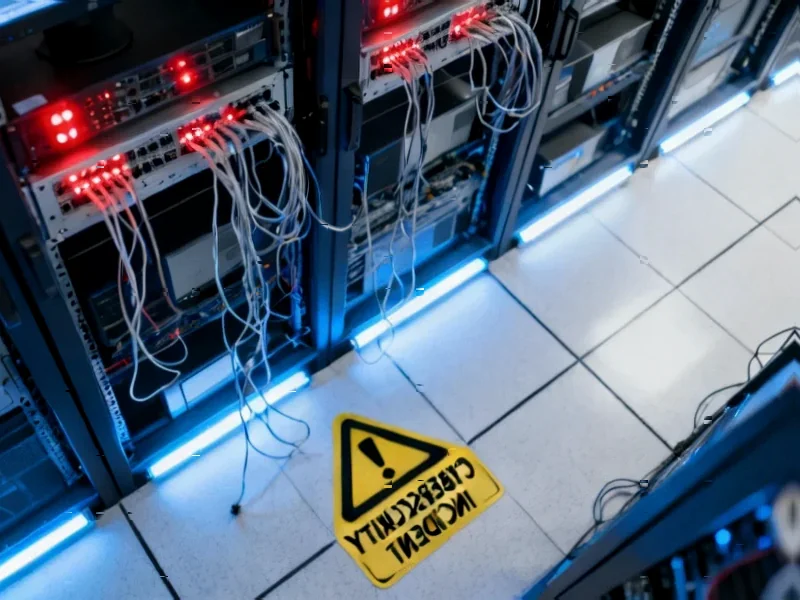According to TechRadar, Amazon has initiated a global rollout of a new system designed to block unauthorized, sideloaded applications on Fire TV Stick devices through software updates that will impact all models, not just new ones. The crackdown specifically targets modified “dodgy” or “fully loaded” Fire Sticks used for illegal streaming of premium movies, TV shows, and live sports. Developed in partnership with the Alliance for Creativity and Entertainment (ACE), a global anti-piracy coalition, the system blocks apps directly on the device’s operating system, making VPNs ineffective since the restriction occurs at the device level rather than network level. This represents a significant escalation in Amazon’s anti-piracy efforts, moving beyond simply policing its Appstore to actively preventing third-party apps from functioning on the devices themselves.
The Revenue Calculus Behind the Crackdown
Amazon’s decision to invest significant engineering resources into device-level piracy prevention reflects a clear business priority: protecting its content ecosystem revenue streams. The company generates billions annually from Prime Video subscriptions, movie rentals, and channel subscriptions through its Fire TV platform. Every user streaming content illegally through sideloaded apps represents lost revenue not just for content creators but for Amazon’s cut of legitimate transactions. More importantly, this move strengthens Amazon’s position with major studios and content providers who are increasingly wary of platform security. By demonstrating robust anti-piracy measures, Amazon can negotiate better content deals and secure exclusive streaming rights that drive device sales and subscription growth.
The Strategic Operating System Evolution
The transition to Vega OS on newer devices like the Fire TV Stick 4K Select represents a fundamental shift in Amazon’s platform strategy. While the Android-based Fire OS provided flexibility and a familiar development environment, it also created vulnerabilities that enabled widespread modification. The move to a more locked-down proprietary system allows Amazon to control the entire software stack, reducing support costs associated with compromised devices and creating a more consistent user experience. This mirrors Apple’s walled-garden approach, which has proven commercially successful in maintaining platform integrity and driving ecosystem revenue. The new Vega OS platform positions Amazon for tighter integration with its advertising business, content recommendations, and smart home ecosystem—all revenue streams that depend on a secure, controlled environment.
Broader Market Implications
This crackdown will likely create ripple effects across the streaming device market. Competitors like Roku and Google TV may face pressure to implement similar measures, potentially standardizing device-level anti-piracy across the industry. For legitimate streaming services, this represents a welcome development that could reduce password sharing and unauthorized access. However, the move also raises questions about consumer rights and device ownership—where does legitimate customization end and piracy begin? Amazon must carefully balance content protection with maintaining user trust, particularly among technical users who value the ability to install legitimate third-party applications not available in the official Appstore. The Alliance for Creativity and Entertainment partnership indicates this is part of a coordinated industry effort that could extend to other platforms in the coming years.
The Evolving Hardware Business Model
Amazon’s Fire TV strategy has always been about ecosystem rather than hardware margins—the devices are sold near cost to capture recurring revenue from content, advertising, and subscriptions. This piracy crackdown reinforces that business model by ensuring the ecosystem remains commercially viable. The timing is strategic, coming as streaming services face increased pressure to demonstrate profitability to investors. By cleaning up its platform, Amazon positions itself as the most secure and studio-friendly streaming device, which could help secure exclusive content deals and partnerships. The move also protects Amazon’s advertising business, as compromised devices could potentially bypass ads or deliver malicious content, undermining advertiser confidence in the platform’s measurement and security.




